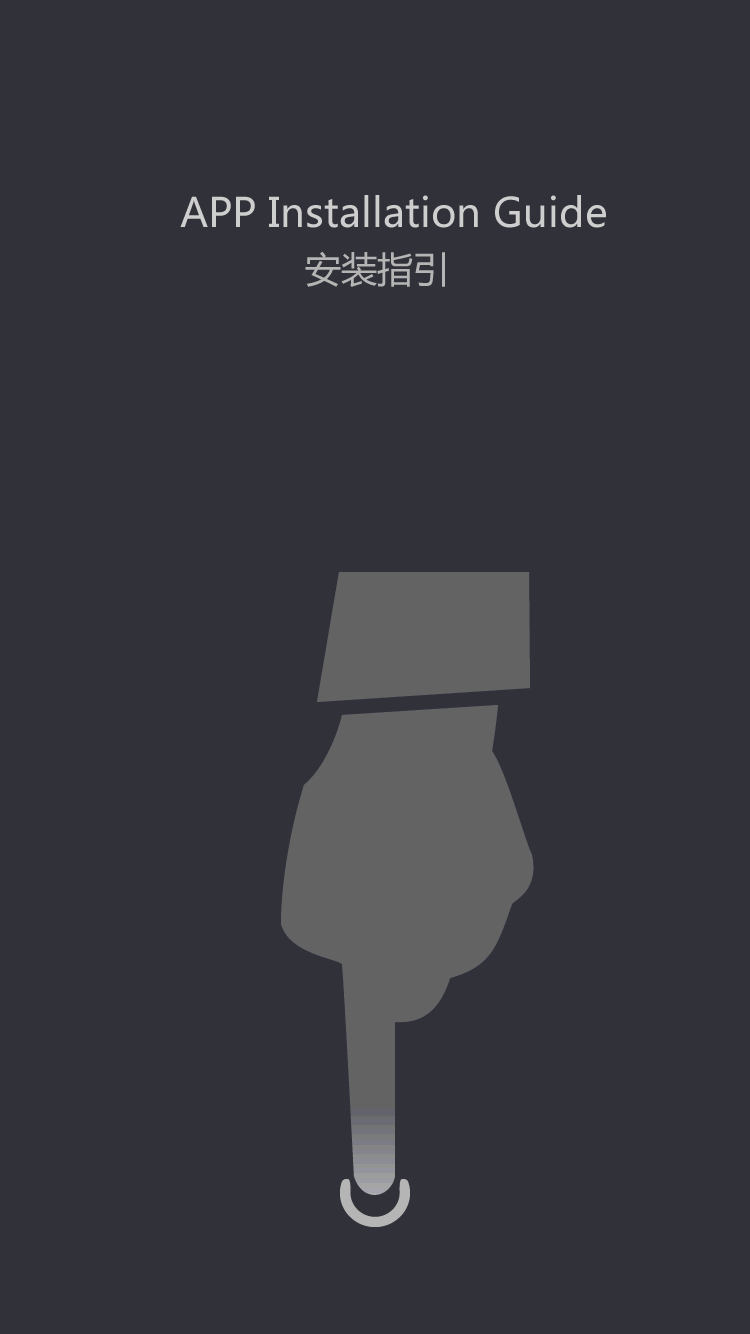Blunt Microcannulas vs. Sharp Needles: Which Delivers Better Aesthetic Results?
**Blunt Microcannulas vs. Sharp Needles: Which Delivers Better Aesthetic Results?**
Needle-based injections have been the traditional method for administering fillers and other aesthetic treatments. However, in recent years, blunt microcannulas have gained popularity as an alternative tool for injection procedures. The debate between using blunt microcannulas and sharp needles continues to spark discussions among aesthetic practitioners. Both tools have their advantages and disadvantages, and understanding the differences between the two is essential to achieving optimal aesthetic results.
**Blunt Microcannulas**
Blunt microcannulas are thin, flexible tubes with a rounded tip that are used to inject fillers and other cosmetic substances into the skin. Unlike sharp needles, which puncture through tissues, microcannulas are designed to glide through tissues, reducing trauma and minimizing the risk of bruising and swelling. This feature makes them particularly suitable for delicate areas of the face where precision is crucial, such as around the eyes and lips. Moreover, blunt microcannulas have a lower risk of accidentally penetrating blood vessels, decreasing the likelihood of vascular complications.
One of the key benefits of using blunt microcannulas is their ability to distribute filler more evenly under the skin. The blunt tip of the cannula helps to create a tunnel through which the filler can flow smoothly, ensuring that the product is deposited in a uniform layer. This can result in a more natural-looking outcome with fewer lumps or bumps compared to injections done with sharp needles. Additionally, the reduced trauma caused by microcannulas can lead to less post-procedural pain and a faster recovery time for patients.
Another advantage of blunt microcannulas is their versatility in treating multiple areas of the face with a single entry point. A skilled practitioner can use a single insertion point to access various regions of the face, minimizing the number of injection sites required and reducing the risk of scarring. This can result in a more comfortable experience for the patient and a more efficient procedure overall. Additionally, the flexibility of microcannulas allows for smoother navigation around anatomical structures, making them a preferred option for practitioners seeking precision and control during injections.
Despite their numerous benefits, blunt microcannulas also have some limitations. One potential drawback is the need for a larger entry point compared to sharp needles. Since microcannulas are thicker in diameter, they require a small incision to enter the skin, which may result in minor trauma at the insertion site. However, this can be mitigated by using smaller gauge cannulas and applying proper techniques to minimize tissue damage. Additionally, some practitioners may find it challenging to maneuver microcannulas in certain areas or to achieve the desired level of product placement due to their unique design.
In summary, blunt microcannulas offer several advantages over sharp needles in aesthetic procedures. Their ability to minimize trauma, reduce the risk of complications, and provide more even filler distribution makes them a valuable tool for practitioners looking to achieve superior results with minimal downtime for their patients.
**Sharp Needles**
Sharp needles have been the standard tool for administering injectable treatments in the field of aesthetics for many years. These fine, pointed instruments are designed to penetrate the skin quickly and accurately, allowing practitioners to deliver precise amounts of filler to targeted areas. Sharp needles are commonly used for injections that require a high degree of accuracy, such as deep volumizing treatments or procedures that involve multiple layers of tissue.
One of the primary advantages of using sharp needles is their ability to create small, precise injection points that allow for targeted placement of the filler. This level of precision is essential for achieving specific outcomes, especially in areas that require detailed sculpting or contouring. Sharp needles are ideal for procedures that involve intricate work, such as defining the border of the lips or enhancing the contours of the cheeks. Moreover, the fine tip of sharp needles allows for a more controlled injection technique, enabling practitioners to deposit filler with accuracy and finesse.
Another benefit of sharp needles is their ease of use and familiarity among practitioners. Many aesthetic professionals have extensive experience and training in using sharp needles for injections, making them a preferred choice for individuals who are comfortable with this tool. The straightforward nature of sharp needles makes them a versatile option for various types of treatments, from superficial injections to deeper tissue placements. Additionally, sharp needles are generally more affordable and readily available than blunt microcannulas, which can be a practical consideration for some practices.
Despite their advantages, sharp needles also have some limitations that practitioners need to consider. One of the main drawbacks of using sharp needles is the potential for increased trauma and tissue damage during injections. The puncture created by a sharp needle can cause more discomfort, bruising, and swelling compared to the use of microcannulas, which can lead to a longer recovery time for patients. Moreover, sharp needles carry a higher risk of accidentally hitting blood vessels or nerves due to their piercing action, increasing the likelihood of complications such as bruising, hematoma, or vascular occlusion.
In summary, sharp needles remain a valuable tool in the field of aesthetic medicine, particularly for practitioners who require precision and control in their injection techniques. Their ability to create accurate injection points and deliver filler with finesse makes them a preferred choice for certain types of procedures that demand detailed sculpting and contouring.
**Comparing Aesthetic Results**
When it comes to comparing the aesthetic results achieved with blunt microcannulas versus sharp needles, several factors come into play. The choice of tool can significantly impact the final outcome of a procedure, affecting the overall appearance and longevity of the results. While both blunt microcannulas and sharp needles have their unique benefits, understanding how they influence aesthetic results is crucial for practitioners seeking to deliver optimal outcomes for their patients.
Blunt microcannulas are known for their ability to create a more natural-looking result with improved filler distribution and reduced trauma to tissues. The gentle, gliding action of microcannulas allows for a smoother delivery of filler under the skin, resulting in a softer, more even appearance. This can be particularly beneficial for patients seeking subtle enhancements or looking to correct minor imperfections without an overfilled or artificial look. Additionally, the reduced risk of bruising and swelling associated with microcannulas can result in a quicker recovery time and a more comfortable post-procedural experience for patients.
On the other hand, sharp needles are valued for their precision and control in delivering filler to specific areas of the face. The ability to create small, targeted injection points with sharp needles allows practitioners to achieve detailed sculpting and contouring for more dramatic results. Sharp needles are often preferred for procedures that involve deep tissue injections or require intricate shaping, such as in volumizing treatments or structural enhancements. While sharp needles may cause more immediate trauma and discomfort compared to microcannulas, their accuracy and efficiency make them a valuable tool for achieving specific aesthetic goals.
In terms of longevity, the choice between blunt microcannulas and sharp needles may also impact the duration of results for patients. The even distribution of filler achieved with microcannulas can help extend the longevity of treatments by reducing the risk of product migration or uneven settling. Patients who receive injections with microcannulas may enjoy longer-lasting results with less need for touch-up treatments over time. On the other hand, sharp needles may offer more immediate results due to their precise delivery of filler to targeted areas, which can result in a more pronounced outcome shortly after the procedure. However, the risk of potential complications with sharp needles, such as bruising or vascular occlusion, may impact the overall longevity of results and patient satisfaction in the long run.
In conclusion, the choice between using blunt microcannulas and sharp needles in aesthetic procedures ultimately depends on the desired outcome, the patient's individual needs, and the practitioner's expertise. Both tools have unique advantages and limitations that can influence the aesthetic results achieved during treatments. By understanding the differences between blunt microcannulas and sharp needles, practitioners can make informed decisions to deliver superior aesthetic outcomes for their patients.
**Summary**
In the ongoing debate between blunt microcannulas and sharp needles, the key factor to consider is how each tool can influence the aesthetic results of injectable treatments. Blunt microcannulas offer advantages such as reduced trauma, improved filler distribution, and enhanced patient comfort, making them a preferred choice for practitioners seeking natural-looking results with minimal downtime. Sharp needles, on the other hand, are valued for their precision, control, and efficiency in delivering filler to specific areas of the face, making them ideal for procedures that require detailed sculpting and contouring.
Ultimately, the decision to use blunt microcannulas or sharp needles should be based on the desired outcome, the treatment area, and the practitioner's experience and skill set. By weighing the benefits and limitations of each tool and understanding how they can impact aesthetic results, practitioners can tailor their approach to meet the unique needs of each patient. Whether choosing blunt microcannulas for their gentle delivery and even distribution of filler or sharp needles for their accuracy and control, aesthetic professionals can achieve superior outcomes by selecting the right tool for the job.

 Español
Español




 Sales Manager : Kelly Zhou
Sales Manager : Kelly Zhou Email :
Email :  WhatsApp : +86 18067965386
WhatsApp : +86 18067965386
